1. Brass Honey
Brass Honey is made of a combination of yellow brass solids which includes rolled brass, brass castings, rod brass and tubing.
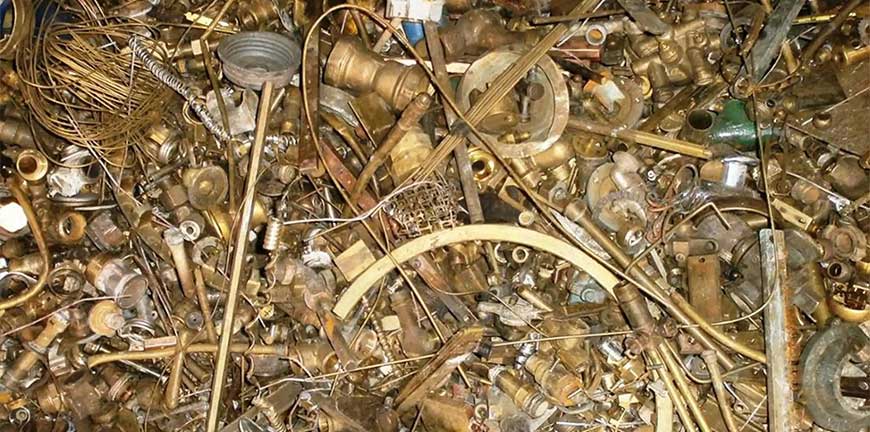
Besides, it contains other various types of yellow brasses including plated brass. The percentage of copper varies between 60% to 70%, 30% to 40% zinc and minute quantities of tin and lead. Brass honey is pure of aluminum-bronze,manganese-bronze, unsweated radiators or radiator parts, iron, bullet casings and excessively dirty and corroded substances.
2. Red Brass
Red brass is one of the most consumed metals in the commercial plumbing industry.
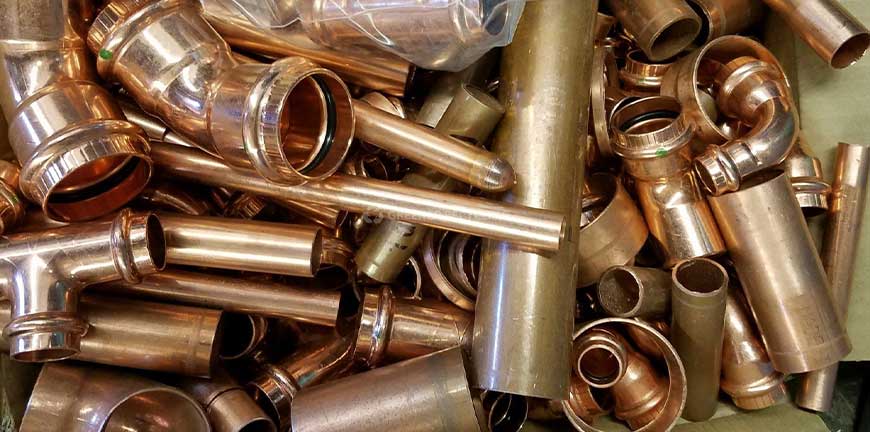
Its properties include a remarkable resistance to seasonal cracking (which often occurs in the majority types of brasses) and dezincification. ‘Dezincification resistant metals such as red brass contain a minor quantity of arsenic so that leaching from the chlorinated water can be prevented which eventually results in weakened and cracked plumbing products.
3. Brass Scrap Pallu
Brass scrap pallu consists of 1% tin and zinc-copper in the ratio of 70:29.
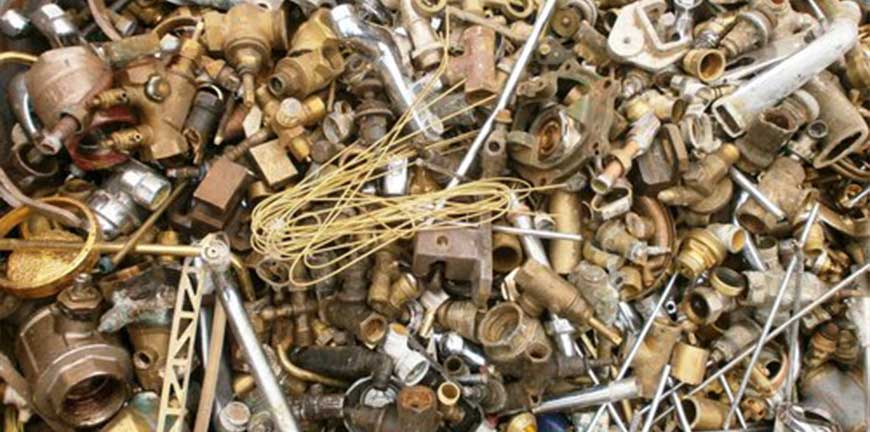
Brass Scrap Pallu is formed of premium quality admiralty condenser tubes which are present in the form of squashed cuttings or 4 to 6 feet tubes. Brass scrap pallu consists of 1% tin and zinc-copper in the ratio of 70:29. Pallu is free of nickel alloy, aluminum alloy, and corrosive substances.
4. Brass Propellers
A high quality brass propeller is essential in order to propel a ship with the help of power generated and transmitted from the main engine.
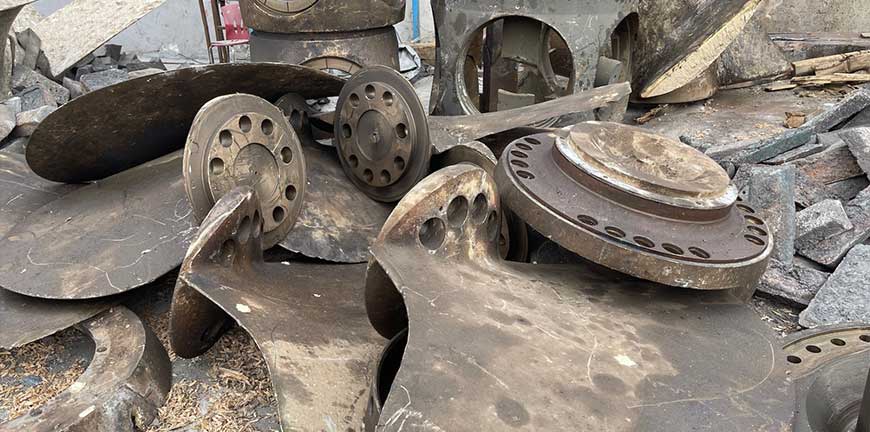
There are two major kinds of brass propellers that are used in the shipping industry.
Aluminum-Manganese-Iron Brass Propeller
First is aluminum-manganese-iron brass propeller which is tarnish-resistant, malleable, easily machined, and corrosive resistant in nature. These brass propellers’ have moderate speed and demand an accurate manufacturing process however their construction cost is high because it is complicated to cast.
Ferromanganese Brass Propeller
The other type is ferromanganese brass propeller. This specific kind of brass is ideal for the propellers that are associated with a great number of machining accuracy requirements. Ferromanganese brass propellers consist of properties such as non corrosiveness, strong and durable, and above all they are quite easy to process and manufacture in comparison to the aluminum-manganese-iron brass propellers.
5. ALBC3 Propeller
Aluminum bronze propeller is an amalgamation of a number of elements such as copper ranging between 8% to 9%, 12% aluminum, 6% iron and 6% nickel.
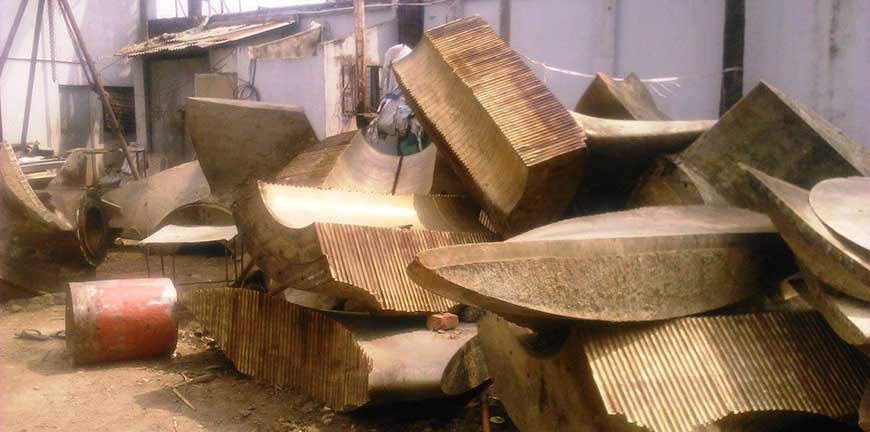
Its major properties include the following such as aluminum bronze propeller density is 0.276 pounds per cubic inch, it has a greater tensile strength in comparison to the other bronze alloys, it is corrosive resistant and has low oxidation state at higher temperatures. Furthermore, these aluminum bronze propellers are non magnetic in nature.
6. Manganese Propeller
Manganese bronze propellers have been in the metal industry for more than a century now.

These propellers are composed of 60-40 brass and are corrosion resistant. Their resistance against tarnish has been increased by replacing elements such as aluminum, manganese and tin in place of zinc. Despite having the strength against corrosions manganese bronze propellers experience some cracking from time to time due to the residual stresses caused by the intense heating processes like welding.
7. Cupronickel
Copper nickel is known for their remarkable resistant qualities against seawater corrosion and great fabricability.
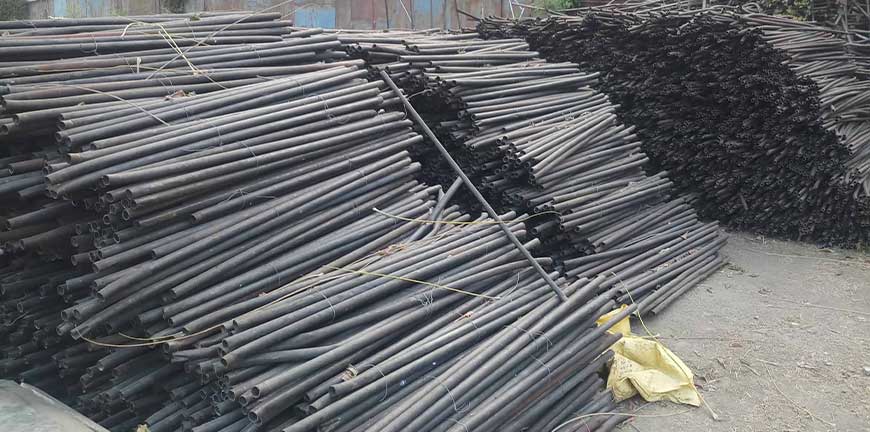
Commercially 90-10 and 70-30 nickel propellers are frequently used with a minor addition of manganese and iron in order to maximize their anti corrosive properties. Copper nickel propellers are malleable in nature and can solely be enhanced by cold work.
A CALL BACK

